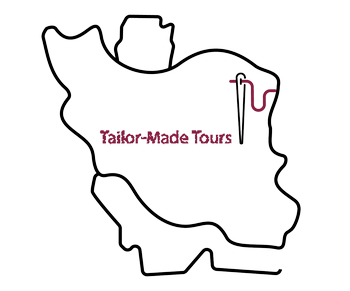
Iran is a real 4-season country. When some Iran travelers experience very cold weather of below 20°C in Ardabil in North West, others may enjoy the warm days of southern cities like Bandar Abbas or Qeshm Island. Regularly January is the coldest month in Iran and August the warmest.
Iran is a vast country with various types of climate: mild and wet on the coast of Caspian Sea, cold in high mountains, desert and hot in the South especially Southeast and arid in the plateau. Although Iran is considered as an arid country, there is abundant rain in the West and North of Iran.
For the eco, birdwatching, jungle and biking tours, we suggest you some packing lists. Not all these are applied to all types of tours, but some are in common.
There is no bad weather, only bad clothing ...
- Tents
- Personalized first aid kit
- Slippers for indoor and outdoor use
- Sunglasses and sunblock
- (Birdwatching) Binoculars
- Daypack – for extra layers of clothing, camera, snacks etc
- Your favorite chocolate bars
- Insulated mittens
- Balaclava or buff (neck gaiter)
- Head torch
- Insulated trekking or skiing trousers
- Field recorder
- Suitable shoes / boots
- Bird feeders
- Records
- Birding field guides
- Bottle water
- Rain proof clothing
- Hiking boots, rubber boots or waterproof hiking shoes
- Thin (warm) jacket
- Suitable hat
- Camera
- Cash for souvenirs
- T-shirts
- Long sleeved hiking shirt or sweater
- Hiking trousers
- Underwear and socks
- Soap and shampoo (if you stay in rural houses)
- Tooth brush (if you stay in rural houses)
- Towel (if you stay in rural houses)
- Swimsuit/swimming trunks
- Spotting scope
- Thin and thick socks
- Head lamp (with fully charged batteries)
- Sleeping bags


